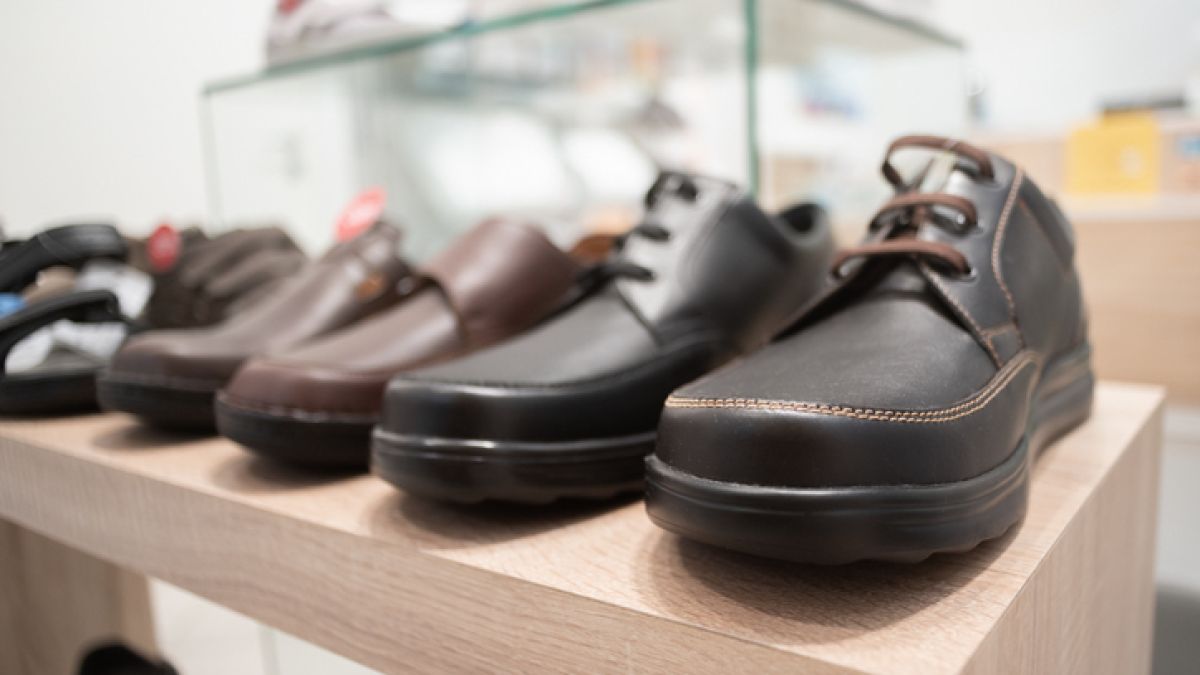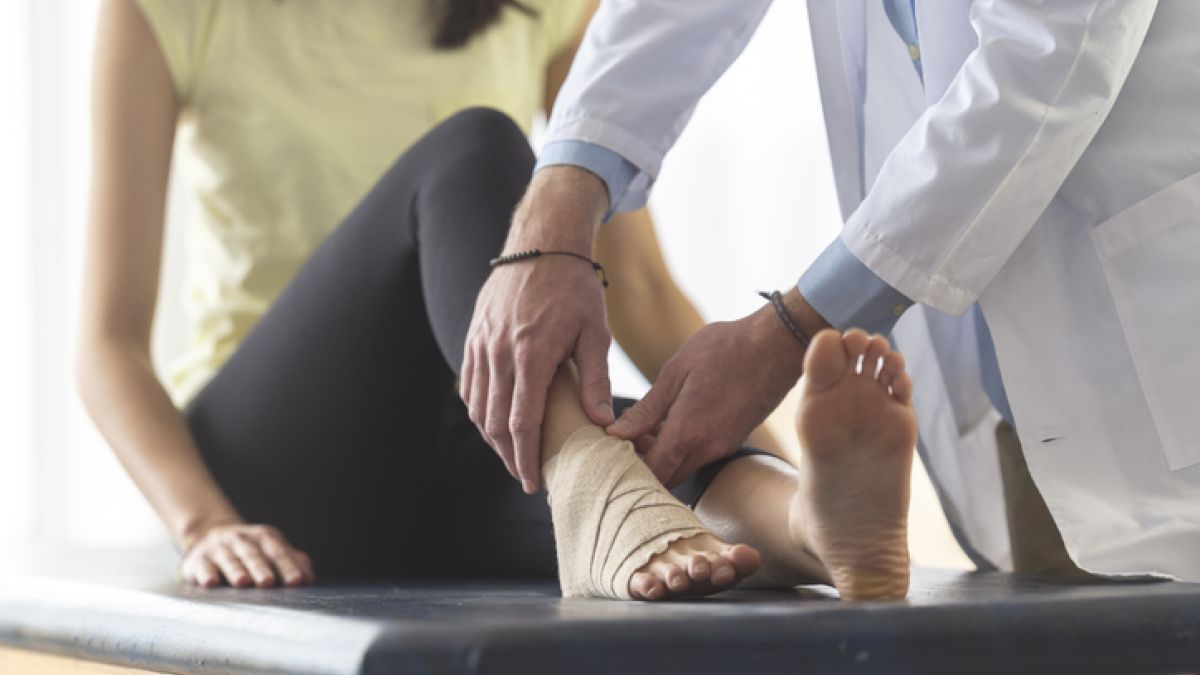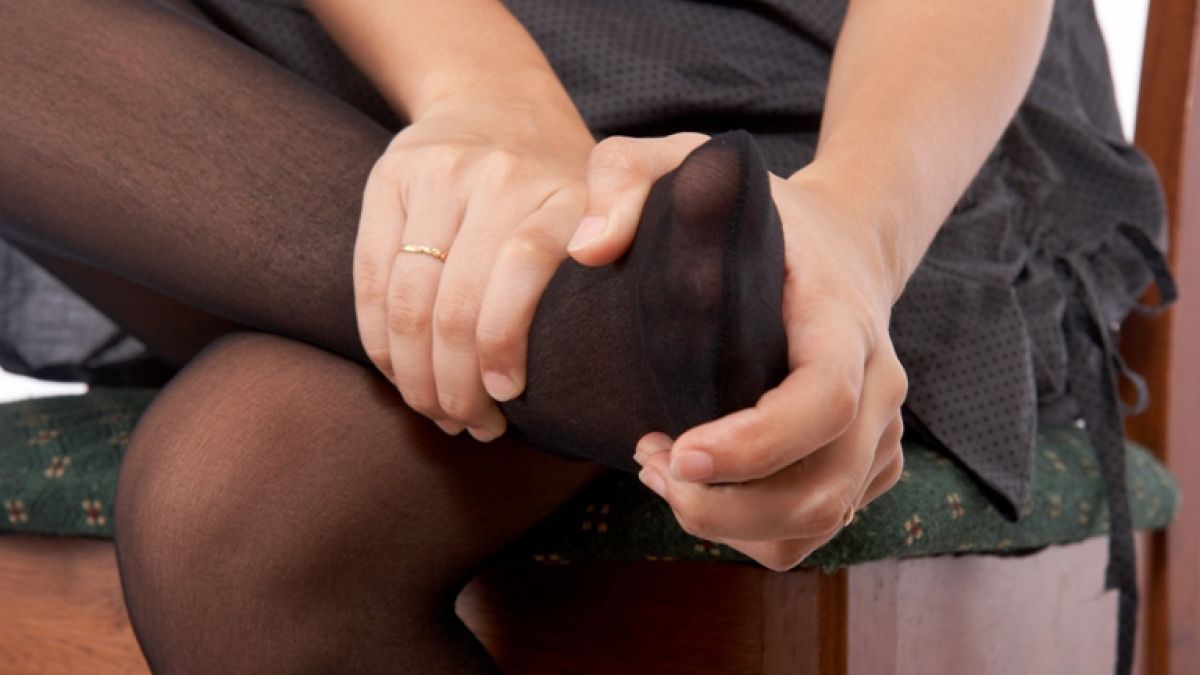Millions of people experience foot problems during their lives, but Ochsner Health is here to help you stay on your feet! Whether your issue is from an injury, genetics or wearing uncomfortable shoes over time, you don’t have to live with pain or limited mobility. By visiting the expert foot and ankle team at Ochsner Health, you’re taking the right step toward feeling better. Conveniently located in Lafayette, Crowley, Breaux Bridge, Luling, Slidell and Covington, Louisiana, Ochsner Orthopedics provides personalized care to get you back to doing what you love.
Ochsner Health is the leading nonprofit healthcare provider in the Gulf South. Ochsner inspires healthier lives and stronger communities through our mission to serve, heal, lead, educate and innovate.











-nails-7abbbb2796.jpg)

